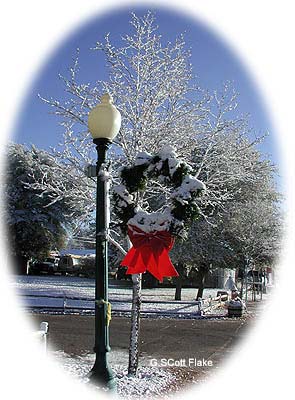
From 500 B.C. through 1350 A.D., early Native American tribes left petroglyphs and pictographs, gracefully simple designs scratched into cliff walls, overhangs, and monoliths. Common symbols include spirals, chevrons, antlered dancers, Kokopelli (the flute player), spirits, humans, handprints, and animals.
There is little doubt that petroglyphs were personal and magical marks: invocations, territory markings, story telling, trance visions, and documentation of everyday life. Many archeologists see a relationship between modern human sign and symbol languages, and the symbols left by these ancient inhabitants.
The late Snowflake historian Albert Levine spent years documenting the petroglyphs and rock art found in the canyons surrounding the community. The entire Silver Creek region is well known in archeological circles for the abundance of the petroglyphs, as well as the Ancestral Pueblo ruins and 1,000 year-old Snowflake Cibola pottery and artifacts.
All of the petroglyphs an ruins are on private or federal lands, and must be seen with a guide and permission. Visitors are encouraged to view but not deface or handle the petroglyphs, as they are fragile and irreplaceable.
For information on finding or photographing the petroglyphs in the Navajo County outback outside of Snowflake and Taylor, please contact the Chamber of Commerce.
